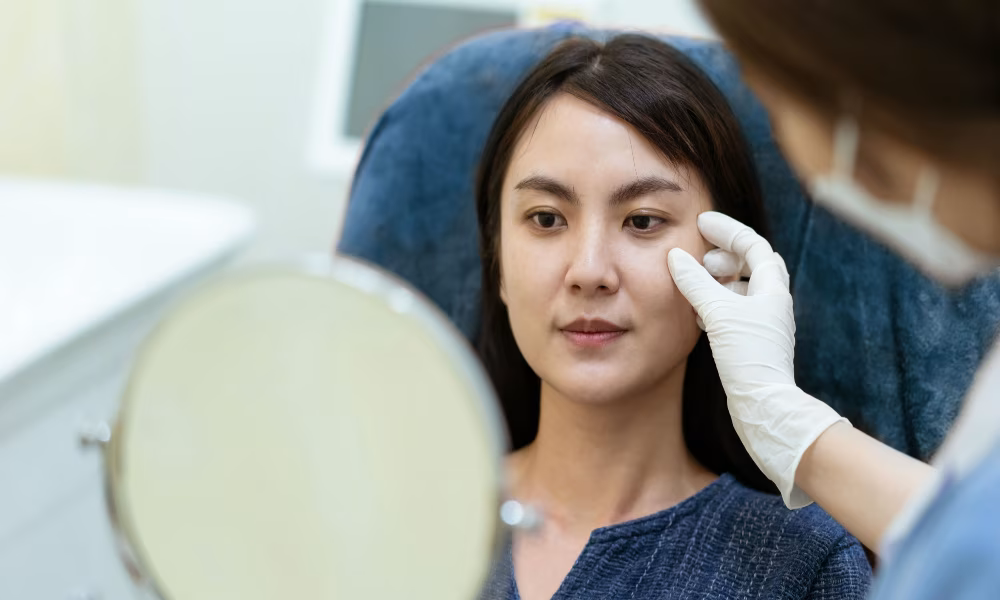On average, a person loses 50-100 hairs a day, but excessive shedding might be a sign of hair loss. Hair loss is medically termed “Alopecia”. With causes including genetics and traction and symptoms such as bald patches and total hair loss, there are many types of alopecia someone can face. Read on to learn more about the 7 most common types of alopecia, what causes the condition, and how to seek treatment.
Common Types of Alopecia
1. Androgenic alopecia
This type of alopecia affects both men and women, resulting in permanent hair loss from the scalp, causing baldness. Men typically experience hair loss on the top and front of the head, while women typically experience thinning on the top and crown of the head starting with a widening of the center hair part that leaves the front hairline unaffected.
Although androgenic alopecia is caused by a complex interaction between hormones and genes, the primary cause is a hormone called dihydrotestosterone (DHT) which attacks your hair follicles. This causes hair to fall out and stop growing. DHT is created by conversion from testosterone, and since men have more testosterone than women, which is likely why baldness is more common among men.
2. Alopecia areata
Alopecia areata is sudden hair loss that starts with one or more circular bald patches, possibly overlapping. This occurs as the result of an autoimmune disorder whereby the immune system attacks hair follicles—which may be brought on by severe stress. With this type of alopecia, it is possible for healthy hair to grow back again—although it may also fall out again.
3. Alopecia totalis
Alopecia totalis is a form of alopecia areata. However, instead of causing bald patches, this type of alopecia causes the loss of all the hair on the scalp.
4. Traction alopecia
Traction alopecia is caused by putting stress on hair through repeated pulling or stretching. This might occur if you frequently wear your hair in a tight ponytail, buns, dreadlocks, hair extensions, weaves, or braids. Continuous pulling can damage hair follicles over time. Following healthy hair practices can help reduce the chances of traction alopecia.
5. Cicatricial alopecia
Cicatricial alopecia involves inflammation that destroys hair follicles, and in turn the destroyed follicles get replaced by scar tissue. This results in permanent hair loss in the affected area. In some cases, symptoms like itching, pain, and a sensation of heat may occur.
6. Telogen effluvium
Telogen effluvium is a reversible condition in which hair falls out after a stressful experience. In this instance, stress results in significant numbers of hair follicles going into a resting phase, ultimately causing those hairs to fall out within a few months. The types of stress which may cause this include surgery, childbirth, and serious illness. In many cases, the hair often grows back when the stress goes away.
7. Anagen effluvium
This type of abnormal, rapid hair loss occurs during the first phase (anagen) of the hair’s growth cycle. It may be caused by drugs used for cancer treatment or exposure to certain toxic chemicals. Hair regrowth typically begins rapidly after exposure to the cause has been eliminated—although there may be texture and color changes.
How to Treat Alopecia
Since the different types of alopecia discussed have different causes, it is best to seek the help of a qualified dermatologist to help determine the best alopecia treatment plan. In some cases, it may involve the use of minoxidil (Rogaine) and finasteride (Propecia), while in other cases it may involve topical immunotherapy. There are even some nutraceuticals which have shown promise as part of a treatment strategy for certain types of alopecia.







